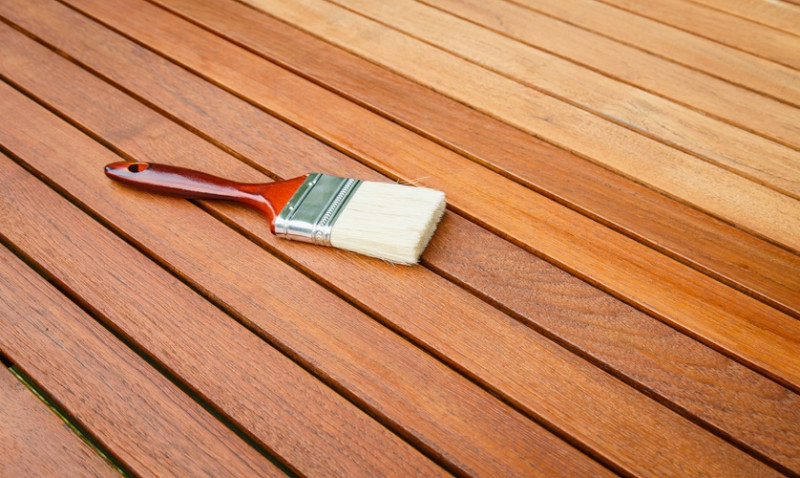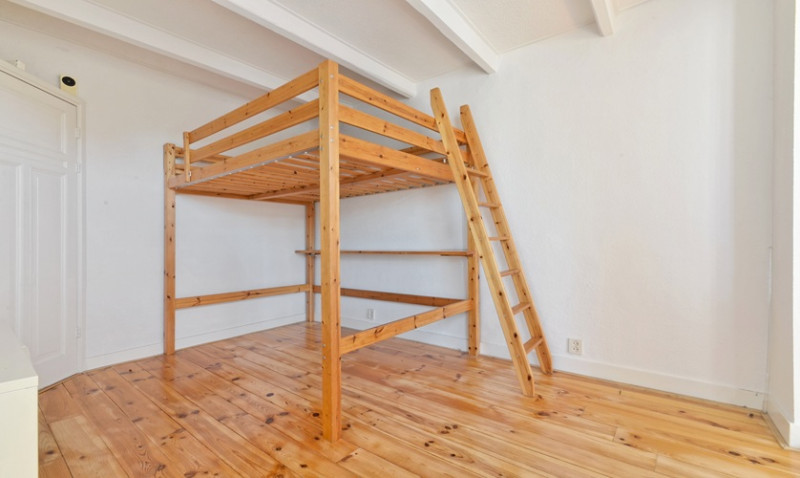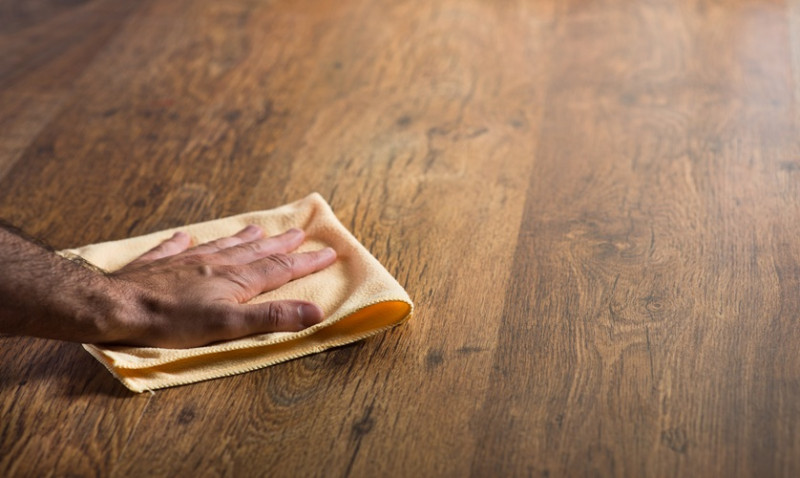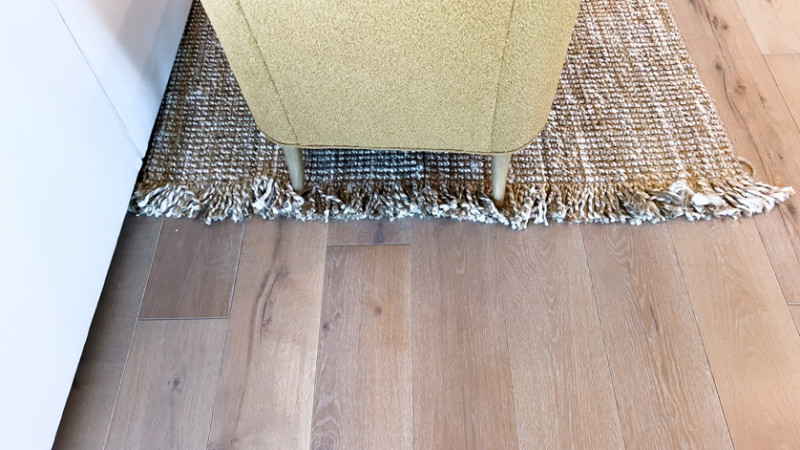
When it comes to finishing wood, whether you're renovating a Victorian home in Manchester, redesigning a coffee shop in Bristol, or crafting a bespoke bookshelf in Hackney, choosing the right wood finish can make all the difference. With a growing number of options on the market, three stand out as industry favourites in the UK: Odie’s Oil, Osmo, and Rubio Monocoat.
Each of these finishes has developed a loyal following for good reason, but how do you know which is right for your project? In this comparison guide, we’ll take a deep dive into each product, comparing their performance, application methods, appearance, environmental impact, durability and value for money — helping DIYers, designers, architects, and tradespeople find the ultimate wood finishing solution.
What Are Odie’s, Osmo & Rubio?
Before we jump into performance specifics, let’s understand what each of these finishes is and where it comes from.
Odie’s Oil is a solvent-free, food-safe wood finish made in the USA that has gained massive popularity globally for its ease of use and high sheen finish. It's a one-step wood finish made from a blend of oils and waxes, aiming to simplify the finishing process.
Osmo, based in Germany, is well known in the UK market for its robust and eco-conscious hardwax oils. Osmo’s range offers both natural and tinted finishes, suitable for floors, furniture, and outdoor timber alike. It strikes a balance between traditional oil-based products and modern durability.
Rubio Monocoat is a premium Belgian brand that uses molecular bonding technology to create a highly protective finish in just one coat, making it a staple choice for architects and professionals working on high-end interiors or retail spaces. It’s particularly loved for its pigmented options and natural matte finish.
Application: Ease and Process
Odie’s Oil is perhaps the most forgiving for beginners. It requires no sanding between coats, dries slowly, and buffs beautifully by hand. You simply apply a thin layer, let it sit, and buff it out—no need for multiple coats or mechanical floor tools. However, the need for patience during curing can be a downside for those on tight timelines.
Osmo requires a traditional approach—typically two coats, applied with a brush or roller. While the process is straightforward, it demands thoughtful application to avoid streaks, and drying time varies based on humidity. That said, many find Osmo to be the perfect middle ground between traditional varnishes and modern oils.
Rubio Monocoat lives up to its name by requiring just one coat, which is a massive timesaver. However, it demands precise preparation and application. Surfaces must be thoroughly sanded and dust-free, and the product must be applied evenly, often with a buffer or white pad. It's not the most beginner-friendly option, but for professionals or confident DIYers, it's a fantastic choice.
Finish and Appearance
When it comes to aesthetics, personal taste and style matter. Here’s how they differ:
Odie’s Oil leaves a warm, rich finish with gentle lustre. It tends to emphasise grain beautifully, adding depth and vibrancy to lighter and darker woods. Expect a satiny look rather than a high gloss or matte.
Osmo Hardwax Oils are known for their subtle matte to satin finish, depending on the product chosen. The TopOil range is perfect for kitchen worktops and furniture, bringing out the natural tone of the wood without darkening it too much. Their Polyx-Oil is particularly popular for floors.
Rubio Monocoat offers a low-sheen, ultra-natural finish that’s especially popular in modern, minimalist or Scandinavian-style interiors. It doesn’t add gloss or deepen the wood dramatically, so if you want to maintain a raw wood look with deep protection, Rubio is king. Plus, it comes in over 40 pigmented colours, giving designers unparalleled creative control.
Durability & Maintenance
Your choice of finish needs to withstand daily wear—especially for kitchen worktops, floors and furniture. Here's how these three stack up over time.
Odie’s forms a hard, protective layer that resists water and household chemicals, but heavy traffic areas may need reapplication sooner. Its major benefit is that touch-ups are seamless—you can spot-apply without sanding the entire surface.
Osmo provides good durability, especially with their Polyx-Oil for floors. It's formulated to resist wine, coffee and beer spills, making it excellent for kitchens and dining areas. However, Osmo may require more regular maintenance coats depending on foot traffic or kitchen use.
Rubio Monocoat bonds molecularly with the fibres of the wood, forming an incredibly durable barrier. It's water and heat resistant, ideal for commercial settings or high-use furnishings. Maintaining Rubio-finished surfaces is straightforward with their maintenance oils, and colour touch-ups can be done without removing the old finish.
Environmental & Health Impact
For eco-conscious households and sustainable design professionals, the content of your wood finish matters.
Odie’s Oil is entirely solvent-free, food-safe and non-toxic once cured. It's safe enough for children’s toys and chopping boards, making it a favourite for families and small workshops.
Osmo strikes a good balance—it's made from natural oils and waxes, such as sunflower, soybean, and thistle oils, but some products do use mild solvents, so those with chemical sensitivities should check product labels carefully.
Rubio Monocoat is VOC-free and conforms to the strictest environmental standards, making it a go-to for eco-homes and green builds. Its safety once cured means it's also suitable for kitchens and nurseries.
Product Range and Purpose
All three brands offer a wide selection tailored to different projects—from floors to cutting boards. Here's a simplified breakdown:
| Brand | Ideal For | Sheen Options | Notable Products |
|---|---|---|---|
| Odie’s | Furniture, worktops, chopping boards | Satin (high grain pop) | Odie’s Oil, Odie’s Super Duper Everlasting Oil |
| Osmo | Floors, panelling, furniture | Matt, Satin, Gloss | Osmo Polyx-Oil, TopOil, Door Oil |
| Rubio | Floors, walls, custom furniture, commercial installs | Matte only (ultra-natural look) | Rubio Monocoat Oil Plus 2C |
Cost & Value for Money
While all three sit at the premium end of the market, their pricing and coverage vary significantly.
Odie’s Oil may appear expensive upfront, but a little goes a long way. A single 9oz jar can cover over 200 square feet of wood, depending on porosity. Plus, there’s no need for multiple coats or chemical strippers for reapplication, keeping long-term costs down.
Osmo offers the best price-per-litre value. Its products are widely available in the UK and cater to both homeowners and professionals. Despite needing two coats, it’s still affordable when used correctly and delivers dependable results.
Rubio Monocoat is certainly not the cheapest, but its molecular bonding and vast colour palette put it in a class of its own. For high-end renovations, hotels, cafes and stylised homes, the investment is well worth it — especially given the minimal maintenance and long lifespan.
Which One Is Right for You?
There’s no one-size-fits-all answer—but here are some guidelines for different scenarios:
- DIYers and beginners: Odie’s Oil is incredibly forgiving with no need to rush or finish in multiple steps.
- Families & Well-Lived-In Homes: Osmo Polyx-Oil’s easy maintenance is ideal for hardworking spaces like kitchens and playrooms.
- Designers & Architects: Rubio’s natural, pigmented options offer unmatched design versatility for statement interiors.
- Professional Joiners & Furniture Makers: All three are excellent choices—Odie’s for small batch work, Rubio for client-specific colours, and Osmo for reliable large-area coverage.
Final Thoughts
The ultimate woodworking finish depends on your priorities: is it rapid application, lowest toxicity, visual impact, or pure durability? Odie’s, Osmo, and Rubio each offer unique strengths that cater to different needs and styles.
Here in the UK, where style meets practicality, the decision also depends on your design vision and the demands of your lifestyle. Choose wisely, and your wood finish can elevate your space for decades to come.
Whatever you choose, remember: wood finishing isn’t just about protection—it’s an extension of the craftsmanship and care that goes into your home or project. Make it count.






